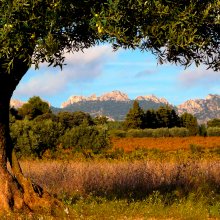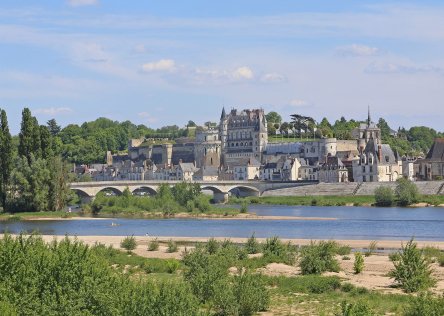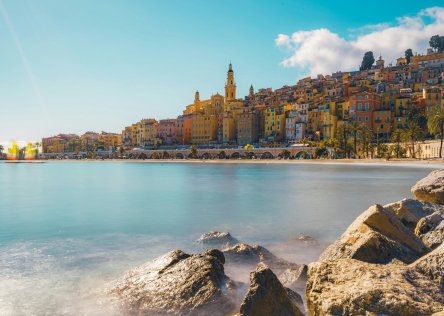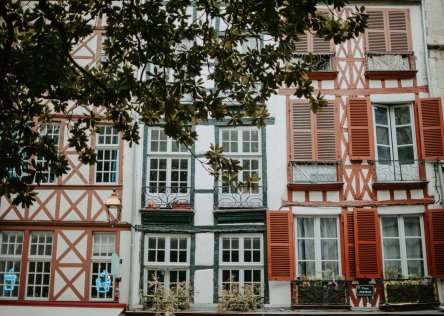When you book a self-guided driving tour of France with us, you’ll receive a wealth of information and facts about France in your unique personal guidebook, which we customize specifically for your itinerary.
For now, here are some interesting facts that you may not know about France!

©
France Just For You
France is the most visited country in the world
France receives nearly 90 million visitors a year, which makes it the most visited country in the world, ahead of Spain and the USA. People are attracted by the romantic images, culture and history of Paris; the wine and French cuisine; the beaches; the skiing opportunities; the incredible landscapes and scenery; and the architecture from across the ages. We find that American travelers are particularly interested in seeing villages that have preserved their medieval features or Roman ruins, because in the USA there aren’t buildings or ruins of these styles or periods dating back so many centuries.
France has also been a source of inspiration for artists, writers and other creative professionals, such as Vincent van Gogh, Ernest Hemingway, and Josephine Baker.
We warmly invite you to browse our self drive tours of France, which can all be 100% customized to your wishes.
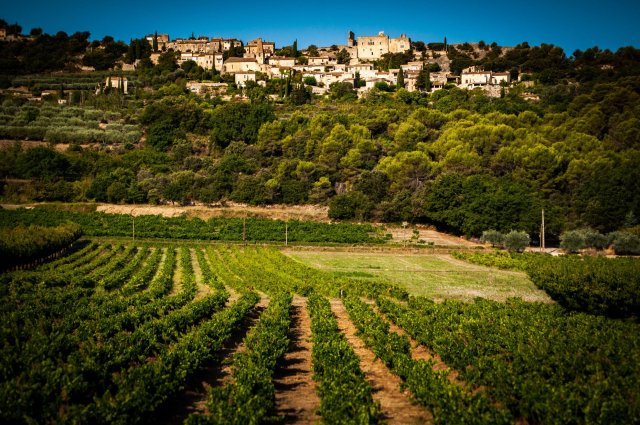
©
Vincent Martinez, Rodeo Media
The Louvre in Paris is the largest museum in the world
With nearly 73,000 square meters of exhibition space, the Louvre museum is the world’s largest museum. It contains some of the world’s most famous pieces of art, including the ancient Greek sculpture Venus de Milo and Leonardo Da Vinci’s Mona Lisa.
It was established in 1792, just prior to the French Revolution, which also makes it one of the oldest museums in the world. Most of the exhibits date from ancient times up until the 18th century.
You’ll find many more 19th century pieces of art in the Musée d'Orsay, and contemporary exhibitions at the Centre Pompidou in Paris.
If you like visiting museums, you may be interested in our art and museums tours, which include plenty of recommendations of the best museums to visit in the places you travel to

©
France Just For You
France has 49 UNESCO World Heritage Sites
We have to update this number regularly, as more and more sites in France continue to be added to UNESCO’s list of World Heritage Sites each year. You can read about some of the more famous sites in our blog post on France’s UNESCO World Heritage Sites.
These include: The Palace and Park of Versailles and the Banks of the Seine river, which you can visit on our tours including Paris; Mont Saint Michel and its bay, which you can visit on one of our Normandy tours or tours of Brittany; the climats, vineyards and terroirs of Burgundy; and the Pont du Gard Roman bridge in Provence.
If you're a history buff, you may like to browse our history and heritage tours

©
France Just For You
Apart from French, many other regional languages are spoken
French, a Gallo-Romance language, is the official language of France, and there are many other languages spoken in different regions. These languages are directly linked to the history and peoples of these regions.
For example, in Alsace, just over 1% of people speak Alsatian (Alemannic), a German dialect. Alsace is in eastern France, next to the German border, and at various times in history, Alsace was part of Germany.
In southwest France, next to the border with Spain, many people speak Basque (Euskara) in the French Basque Country. Basque is a language isolate, meaning that it has no relation to any other language in the world.
Other regional languages in France include Breton, a Celtic language; Corsican, an Italo-Dalmatian language; and other Gallo-Romance languages, including Langues d'oïl and Occitan.
In France’s overseas departments and territories, Creoles, Amerindian languages and other indigenous languages are also spoken.
We invite you to take a look at our Alsace tours, Basque Country tours or Brittany tours.
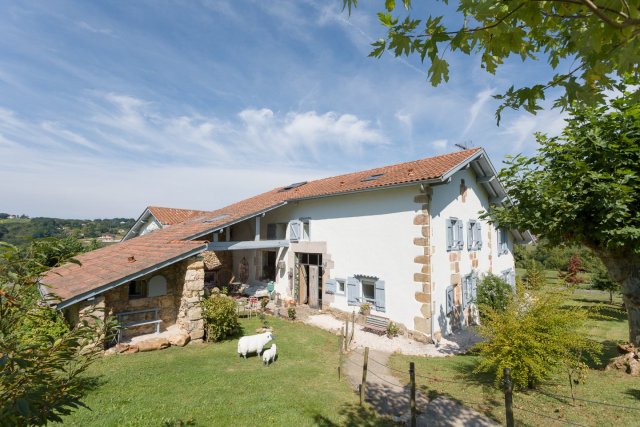
©
France Just For You
France has 5 overseas regions
Away from the mainland in Europe, there are five overseas departments (or regions) that are a part of France and the European Union, and therefore have the euro as their currency. They have the same administrative status as the rest of mainland France. These are the islands of Guadeloupe and Martinique in the Caribbean, French Guiana in South America, and the islands of Reunion and Mayotte in the Indian Ocean.
France also has a number of overseas collectivities (collectivités d'outre-mer), including French Polynesia, Saint Barthélemy, Saint Martin, Saint Pierre and Miquelon, Wallis and Futuna, and New Caledonia (which has a ‘special status’). These collectivities - in contrast to overseas departments - can make their own laws to a certain extent, with the French national government making laws in areas such as international relations, trade and currency, defense, and administrative and judicial law.
The Minister for Overseas France is in charge of issues relating to these regions, and each collectivité has their own local elected assembly that governs them, alongside the French parliament and the French government.

©
France is the world’s largest wine producer
In 2023, France overtook Italy to become the largest wine producer in the world, making approximately 48 million hectolitres. France’s wine-making tradition dates back 2,600 years, but there is some disagreement about whether it was the Greeks, the Romans or the Celts that introduced winemaking to France.
This research article talks about an ancient limestone platform dating back to at least 400 B.C, which was discovered in Lattara in the south of France and is the oldest wine press ever to have been discovered in France. It says that the evidence suggests it was the Etruscans (from the region of Etruria - modern-day Tuscany, Umbria and Latium in Italy) who introduced wine-making to the Gauls (Celtic tribes who lived mostly in modern France).
The Romans later played an important role in spreading viticulture across French regions, which would develop into the renowned wine regions we know today - Bordeaux, Burgundy, Champagne, Languedoc, the Loire Valley, Alsace and the Rhone.
If you're a wine lover, we think you'll love our France wine tour itinerary

©
Bev & Jeff
The average French person eats 58 pounds of cheese each year
France has 46 varieties of AOP cheese (Appellation d’Origine Protégée —Protected Designation of Origin) and there are a whopping 1,200 other cheeses that are made from 40 different types of cheese, according to the dairy federation Cniel.
Given how many different varieties of cheese there are to choose from in France, it comes as no surprise that over 95% of people in France eat cheese regularly, and nearly 40% eat it every day (based on information from Statistica). The same study found that the average French person eats around 58 pounds of cheese per year, and that cheese is the food that French people miss most when they’re abroad, after baguettes!
If you know someone who’s a big fan of cheese, this French cheese map, which shows where each of the AOP cheeses is from might make the ideal gift!
Or if you’re a foodie, we invite you to browse our gourmet food tours in France, which will help you have the best gourmet experiences during your self drive tour of France.

©
If you like the idea of exploring France by car at your own pace, we warmly invite you to browse our France tour packages or to contact us (Emilie, Laura and Clelia) with your travel wishlist or questions!


